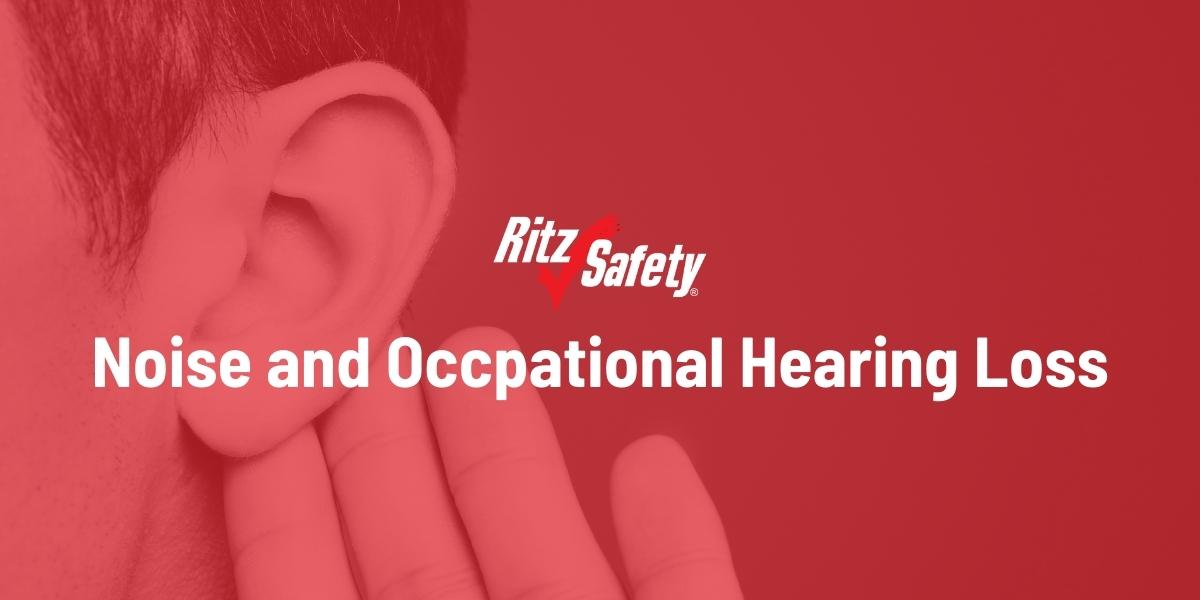
Noise and Occupational Hearing Loss
In the United States alone, 22 million workers are exposed to potentially damaging noise while at work each year. According to the NIOSH Recommended Exposure Limit (REL), this is anything over 85 dBA averaged over an 8-hour period. For noises with a higher intensity level than this, the recommended exposure period decreases accordingly, as a long-term exposure to a low-level sound has the same damaging effect as short-term exposure to a high-level sound. However, to really determine which sounds are damaging, you must consider the intensity of sound, the nature of the sound (whether it’s continuous or intermittent), the duration of the noise exposure, and distance from the source.
One simple test you can do to see the effects of the occupational noise you are exposed to while working is with your car radio.
- After driving to work, switch off your car engine, but not the ignition.
- Turn on the car radio and reduce the volume so you just hear it.
- Then without turning off your radio, switch off your car’s ignition and go to work.
- After work, switch back on your car’s ignition. The radio should start as well.
- Can you hear the radio? If not, a temporary shift to your hearing ability occurred due to the noise you were exposed to during your workday.
This hearing loss, known as a temporary threshold shift (TTS), is due to exposure to noise above the 85 dBA level and is your inner ear’s way of protection. The sensitivity of the Organ of Corti is reduced which causes temporary hearing loss from which your ear will recover. This may last a couple hours to days, however, it usually recovers overnight, giving the pretense that everything is okay, when, in reality, it’s slowly damaging your inner ear, leading to permanent hearing loss.
What are the symptoms of hearing loss?
Common symptoms of noise induced hearing loss (NIHL) can include:
- Ringing in the ears (tinnitus)
- Inability to hear soft and high-pitched sounds
- Muffing of speech and other sounds
- Trouble understanding conversation at a distance or in a crowd
- Listening to music or watching television with the volume higher than other people need
- Difficulty hearing the telephone or doorbell
- Finding it difficult to tell which direction noise is coming from
- Regularly feeling tired or stressed, from having to concentrate while listening
- Answering or responding inappropriately in conversations
- Reading lips or more intently watching people’s faces during conversations
- Feeling annoyed at other people because of not understanding them
- Withdrawal from social interaction
- Feeling nervous about trying to hear and understand others
Noise related stress factors include:
- Stress
- Irritability
- Headaches
- Moodiness
- Insomnia
- Disturbance of psychomotor reactions
- Loss of concentration
- Speech interference
How do you measure noise?
You can measure the noise you are exposed to with a sound level meter (SLM) or a noise dosemeter (NDM). An SLM is handheld while an NDM is worn on a person for a period of time while they’re working.
How can you eliminate or reduce noise hazards?
After identifying the noise sources, the first step in reducing them is to prioritize noise control by determining the length of time the noise source is prevalent. This is because even if a machine produces a higher noise level, if it runs for a shorter amount of time, it may be less urgent than a machine with a lower noise level that is continually used the entire shift.
Then, it’s a good idea to follow the hierarchy of controls and first try to eliminate the noise source, as relying strictly on hearing protection, while helpful, may not always be enough, especially when it’s worn incorrectly, or not at all. If it’s possible and practical, get rid of the noise source or stop carrying out the work that creates the noise. If that is not possible, you can try to modify the noise source itself or through enclosures. These are called engineering noise controls. Some ideas on how to modify the noise source are as follows:
- Replace old plant and equipment with new, quieter plant and equipment
- Replace metal components with quieter materials such as plastic, nylon, or compound components
- Mount vibrating sources within machines on isolators or dampeners
- Add sound-absorbent materials
- Install local enclosures around noisy machine components
If none of these ideas are practicable or do not reduce the noise enough, you can also reduce the amount of noise you expose your employees to via organization methods, which is an administrative control. Some examples include:
- Delineating hearing protection areas
- Noise mapping to identify safe and unsafe noise areas
- Rescheduling workers’ duties to limit exposure times
Finally, you should also insist hearing protection is worn when it's needed. Hearing protection includes disposable and reusable earplugs, as well as earmuffs. However, make sure you are not over-protecting your hearing, or employees may want to remove the protection in order to communicate and hear other signals. Shop all hearing protection at Ritz Safety today! If you aren’t sure which hearing protection you need, contact us today! We are here to help!
To ensure hearing protection is worn correctly, it is a good idea to provide training on how to correctly fit and wear hearing protection. Not sure how to provide training to your employees or don’t have the time? Ritz Safety offers training sessions with experienced professionals that can show how to properly use hearing protection, conduct surveys, demonstrate products, and more! Schedule a training session for your team!